*This is just a model and it doesn't do anything*
I decided to build this since the New Horizons spacecraft will make its closest approach to Pluto tomorrow at 11:50 UTC.
New Horizons is an interplanetary space probe that was launched as part of NASA's New Frontiers program. Built by the Applied Physics Laboratory and the Southwest Research Institute, with a team led by Alan Stern, the spacecraft was launched to study Pluto, its moons and the Kuiper Belt, performing flybys of the Pluto system and one or more Kuiper Belt Objects (KBOs).
New Horizons is the result of many years of work on missions to send a spacecraft to Pluto, starting in 1990 with Pluto 350, with Alan Stern and Fran Bagenal of the "Pluto Underground", and in 1992 with the Jet Propulsion Laboratory's Pluto Fast Flyby; the latter inspired by a USPS stamp that branded Pluto as "Not Yet Explored". The ambitious mission aimed to send a lightweight, cost-effective spacecraft to Pluto, later evolving into a Kuiper Belt Object mission named Pluto Kuiper Express. However, due to underwhelming support from NASA and a growing budget, the project was eventually cancelled altogether in 2000.
New Horizons is intended to pass within 12,500 km (7,800 mi) of Pluto, with this closest approach date estimated to occur on July 14, 2015 at 11:50 UTC. New Horizons will have a relative velocity of 13.78 km/s (49,600 km/h; 30,800 mph) at its closest approach, and will come as close as 28,800 km (17,900 mi) to Charon, although these parameters may be changed during flight. Starting 3.2 days before the closest approach, long-range imaging will include the mapping of Pluto and Charon to 40 km (25 mi) resolution. This is half the rotation period of the Pluto–Charon system and will allow imaging of all sides of both bodies. Coverage will repeat twice per day, to search for changes due to snows or cryovolcanism. Due to Pluto's tilt, a portion of the northern hemisphere will be in shadow at all times. During the flyby, LORRI should be able to obtain select images with resolution as high as 50 m/px (if closest distance is around 12,500 km), and MVIC should obtain four-color global dayside maps at 1.6 km resolution. LORRI and MVIC will attempt to overlap their respective coverage areas to form stereo pairs. LEISA will obtain hyperspectral near-infrared maps at 7 km/px globally and 0.6 km/pixel for selected areas.
From Wikipedia
Specifications
General Characteristics
- Created On iOS
- Wingspan 15.7ft (4.8m)
- Length 18.7ft (5.7m)
- Height 20.2ft (6.2m)
- Empty Weight 5,114lbs (2,320kg)
- Loaded Weight 6,724lbs (3,050kg)
Performance
- Wing Loading 22.5lbs/ft2 (110.0kg/m2)
- Wing Area 298.5ft2 (27.7m2)
- Drag Points 6367
Parts
- Number of Parts 219
- Control Surfaces 0
- Performance Cost 420

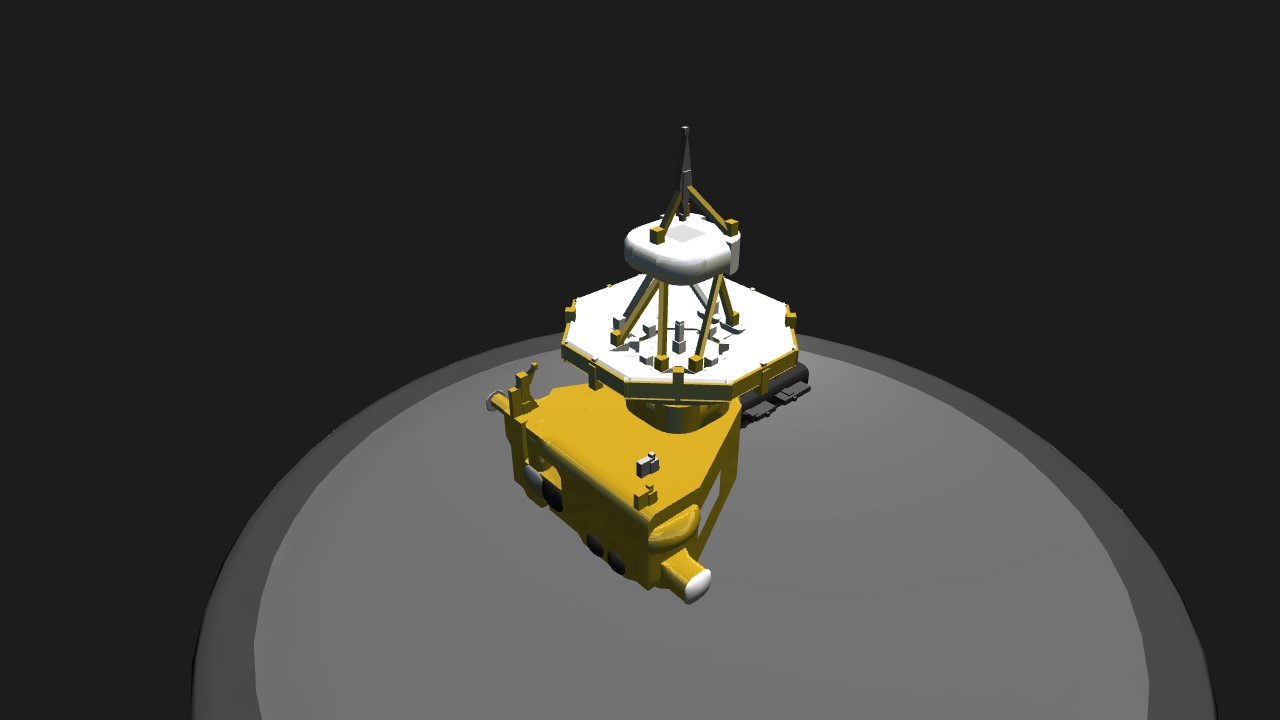
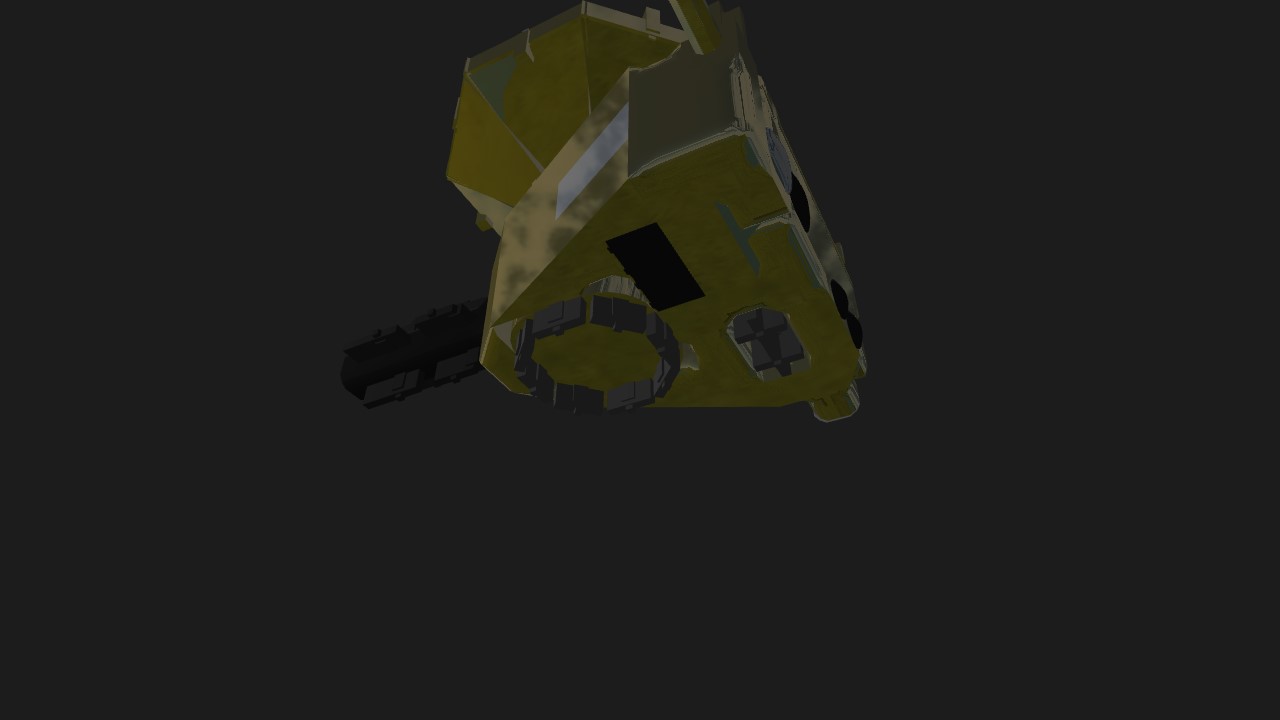
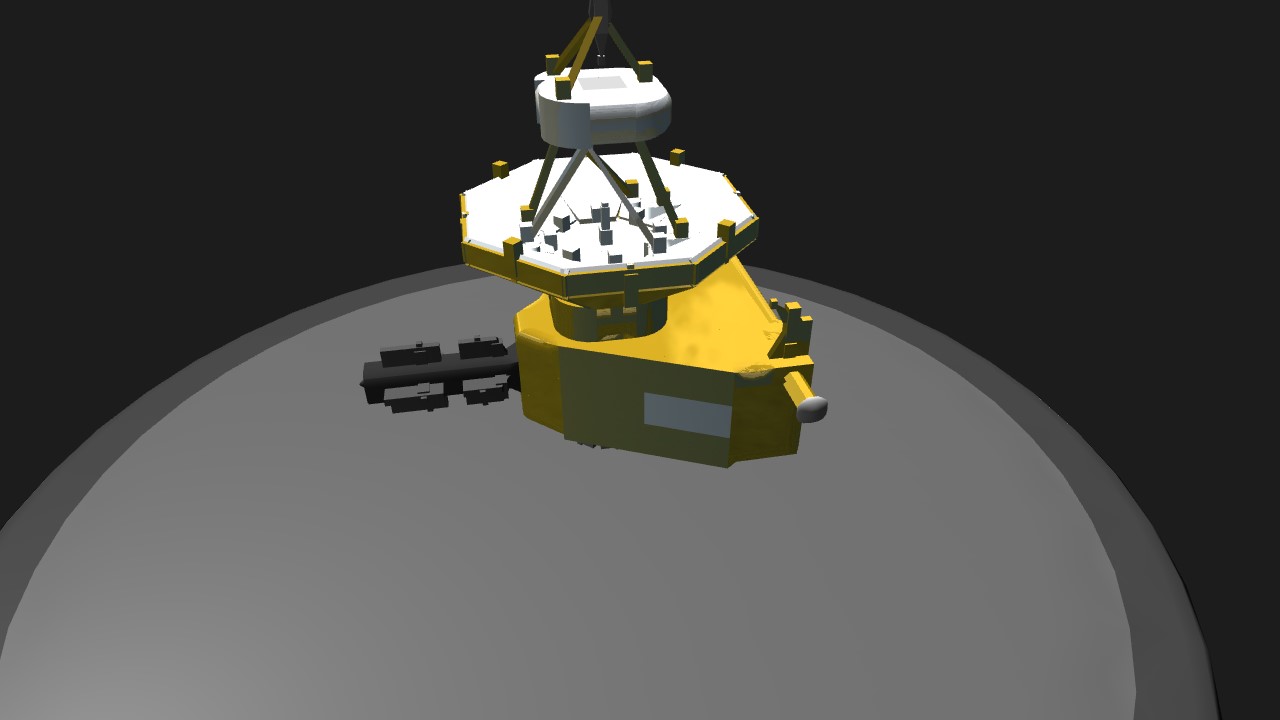
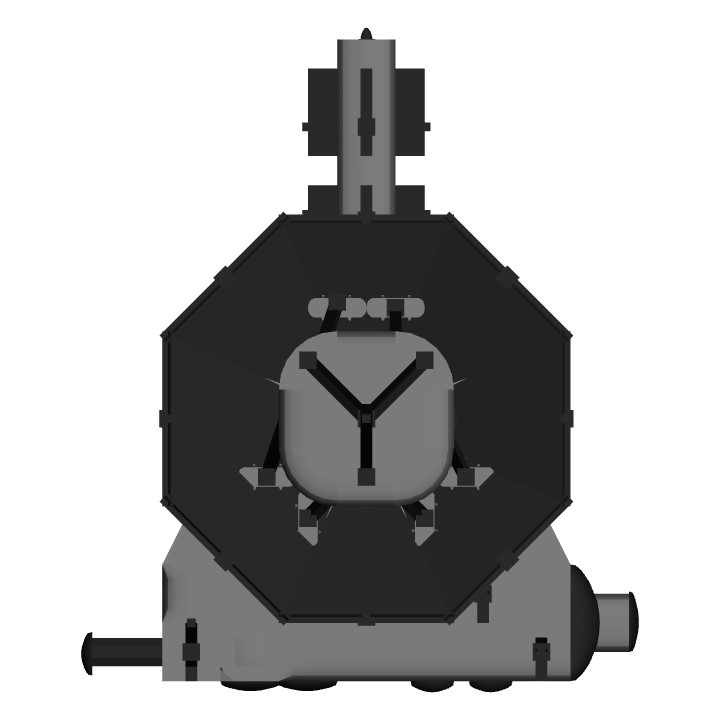
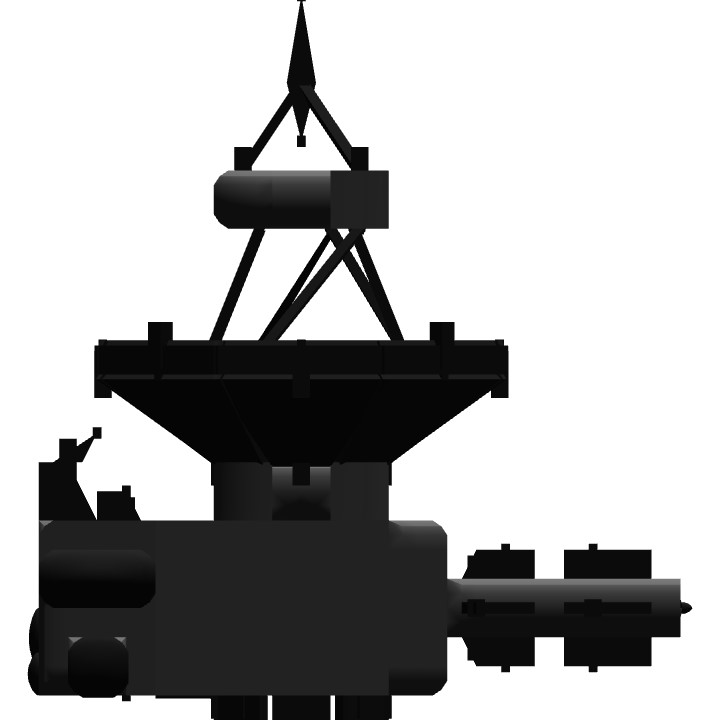
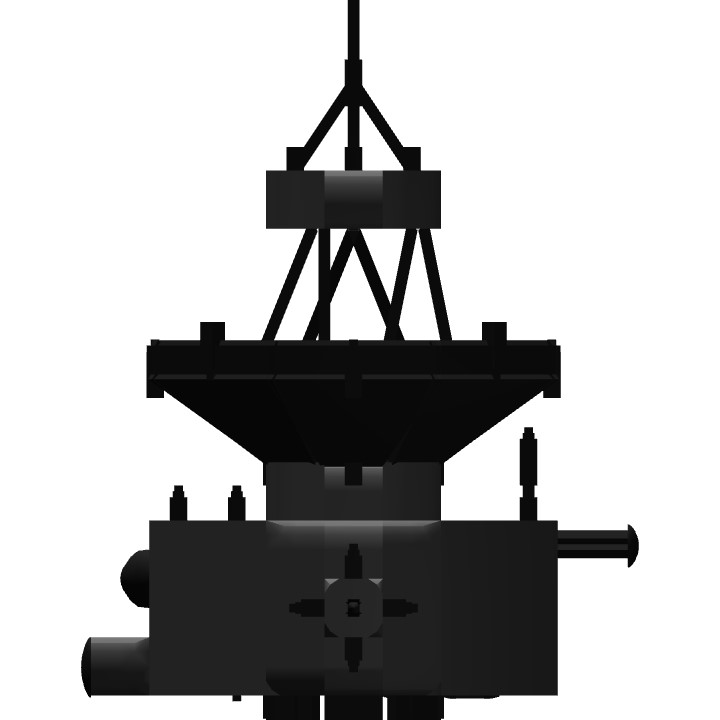
Pluto will always be a planet in my heart